Are you using the right web page? Many people mix up landing pages and homepages, missing out on potential customers. Let’s clear up the confusion.
This article explains the key differences and when to use each one for a winning online strategy. We’ll show you how to optimize your website and guide your visitors toward taking action.
Landing Page vs. Homepage Definitions
Let’s start with the basics. What exactly are these pages? And what makes them different?
| Feature/aspect | Landing page | Homepage |
| Purpose | Drive a specific action (e.g., sign up, buy, download) | Act as the front door to your website; general navigation |
| Audience | Targeted traffic (from ads, emails, campaigns) | Broad audience (organic, direct, branded traffic) |
| Focus | One message, one goal | Multiple goals and CTAs |
| Navigation | Minimal or no navigation to reduce distractions | Full navigation menu (links to blog, about, products) |
| Content length | Short and concise; focused on conversion | Broader, includes more details about the brand |
| Call-to-action (CTA) | Strong, singular CTA (e.g., “Start free trial”) | Multiple CTAs (e.g., “Learn more,” “See pricing”) |
| Design | Streamlined and conversion-optimized | Branded and informational |
| Traffic source | Paid ads, email campaigns, social media links | SEO, direct traffic, branded search |
| Conversion rate | Generally higher (if well-optimized) | Lower (due to multiple options and paths) |
| Measurement metric | Conversion rate for the specific goal | Engagement metrics, bounce rate, navigation paths |
What is a Landing Page?
A landing page is a standalone web page created specifically for a marketing campaign. It’s where visitors “land” after clicking on a link in an email, ad, or social media post. Landing pages are designed with a singular focus – drive more conversions.
This Apple landing page exemplifies laser focus. Its sole purpose? Driving registrations for their annual announcement event. Notice the deliberate absence of distractions—no product mentions, no extraneous details. Everything on the page funnels visitors towards a single action: signing up for the event.
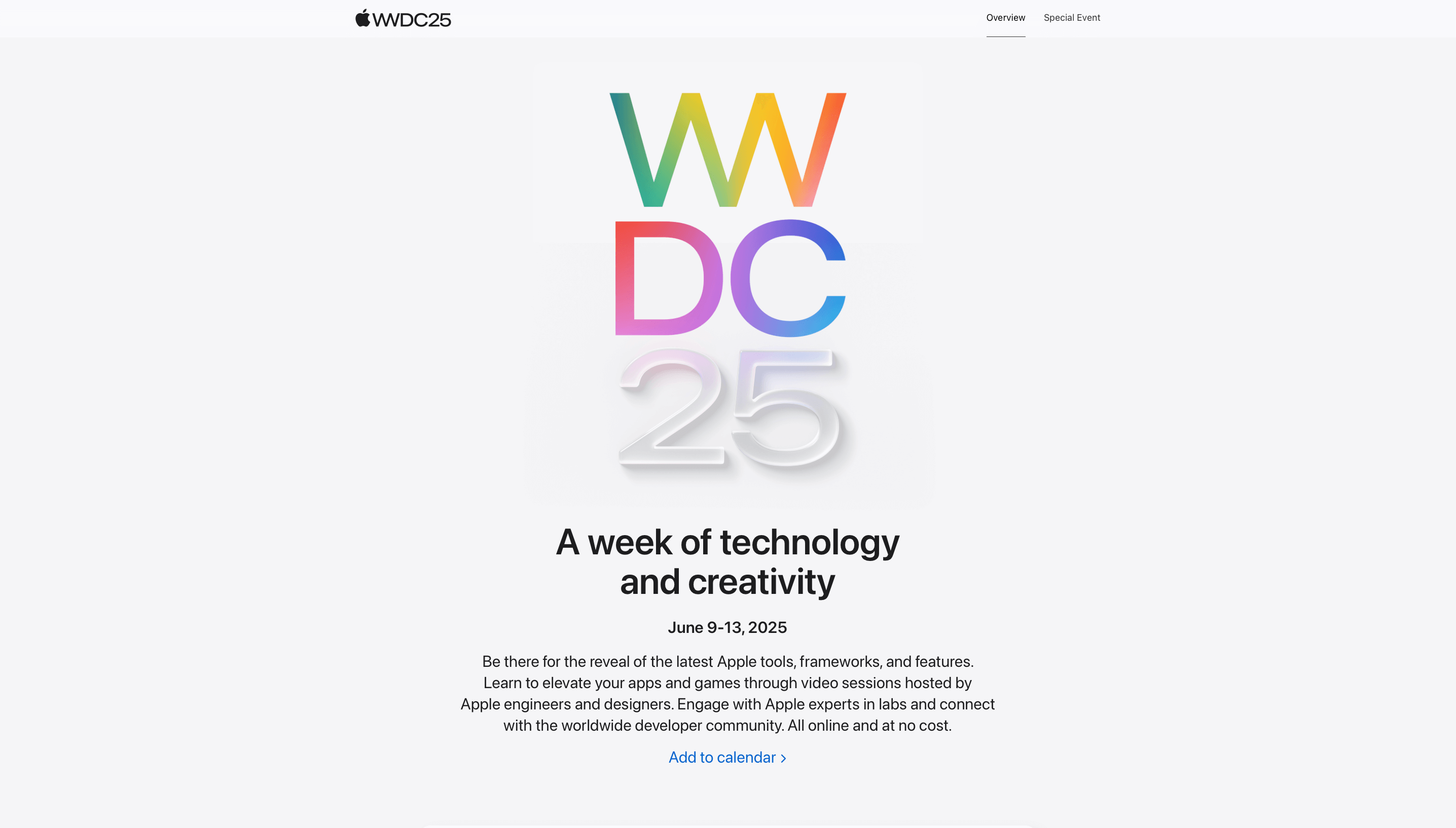
What is a Homepage?
Your homepage is the main hub of your website, like the front door to your online store. It provides a comprehensive overview of your business, brand, and what you offer. Think of it as the main entrance to your main website.
Taking inspiration from Apple, the homepage stands in stark contrast to the focused landing page. It offers a wealth of information, allowing visitors to explore at their own pace and delve into topics that pique their interest.
And while Apple’s flagship product takes center stage, navigation remains intuitive, providing easy access to other sections of the website.
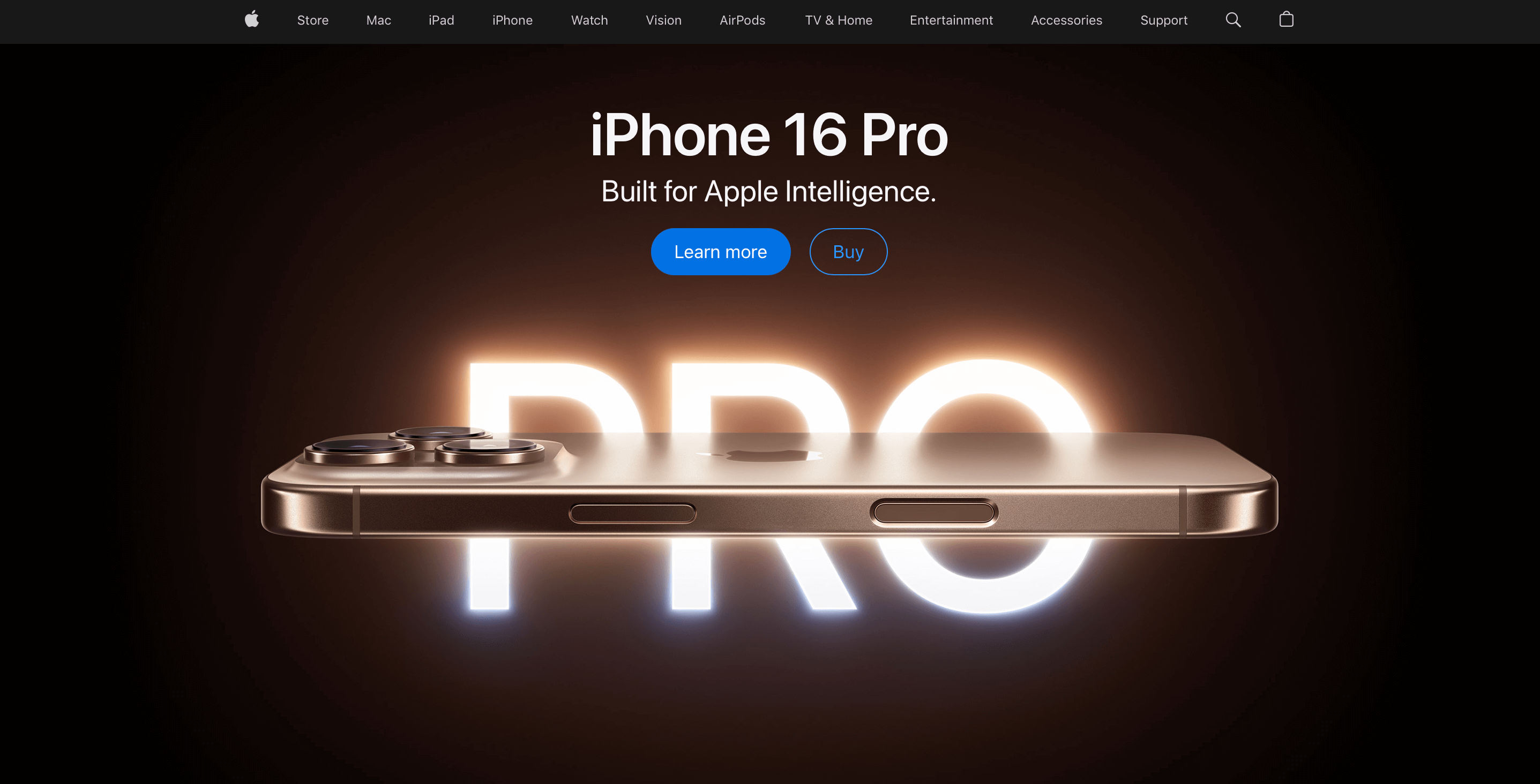
Key Difference Between Landing Page and Homepage
We’ve already talked about what makes landing page a landing page and homepage a homepage. But the differences run a bit deeper than that. Let’s take a closer look:
Purpose & Focus
First off, both homepages and landing pages have their distinct roles to play in your online strategy:
Landing Page
The landing page focus is singular: driving a specific action. Whether signing up for a newsletter, downloading an ebook, or making a purchase, every element on an effective landing page is geared toward encouraging visitors to convert. To achieve this, the entire page is crafted around this goal.
If you explore our site beyond this article, you’ll find dedicated landing pages designed to introduce you to our company and its various aspects. Each landing page encourages you and other visitors to take action. In this case, it is to create a free account.

Homepage
While homepages focus on providing a general overview of your brand and offerings, they also serve as a launchpad for deeper exploration. Think of them as a gateway to different areas of your website where you can delve into specific products, services, and company information.
For a firsthand example, just click the Sender logo at the top left corner of this page. Our homepage is designed to give you a clear understanding of who we are, what we do, and how we can help – all within minutes. A quick scroll is all it takes to gain valuable insights into the world of Sender.
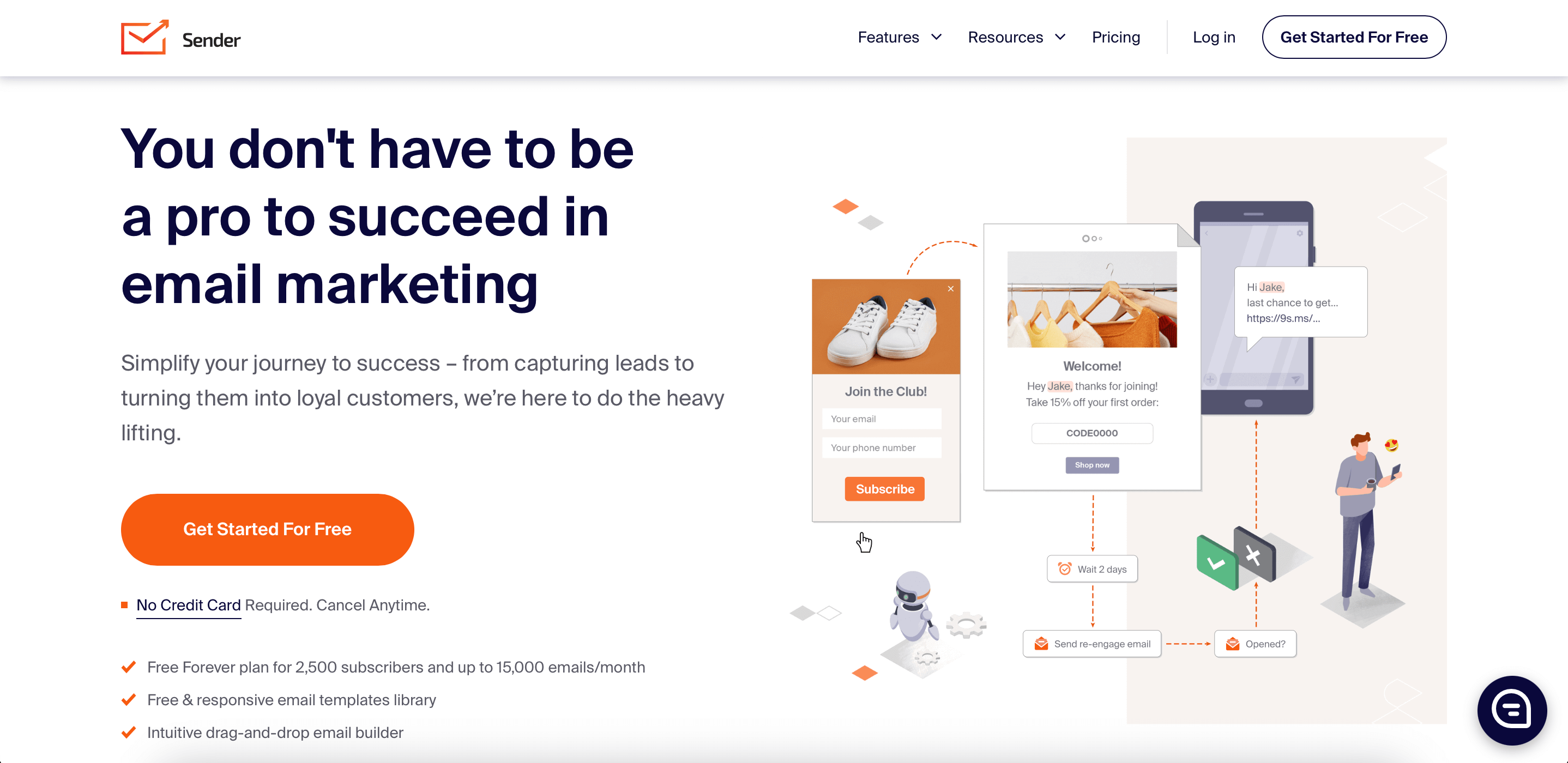
Traffic Sources
The origin of the traffic heading to your landing page versus your homepage also tends to differ.
Landing Page
Traffic to landing pages typically comes from specific campaigns. Think paid traffic from ads, social media posts, or email marketing campaigns. These visitors arrive with a particular interest or goal in mind, guided by the campaign messaging that brought them there.
Let’s say you’re on Google searching for “cheap flight tickets”. You hit enter, and at the top of the results page, you see an ad. That ad isn’t taking you to the brand’s general website; it’s leading you to a carefully crafted landing page designed specifically to showcase their plane ticket deals.
Why? Because that landing page is laser-focused on your search query. It provides all the information you need about cheap flights.
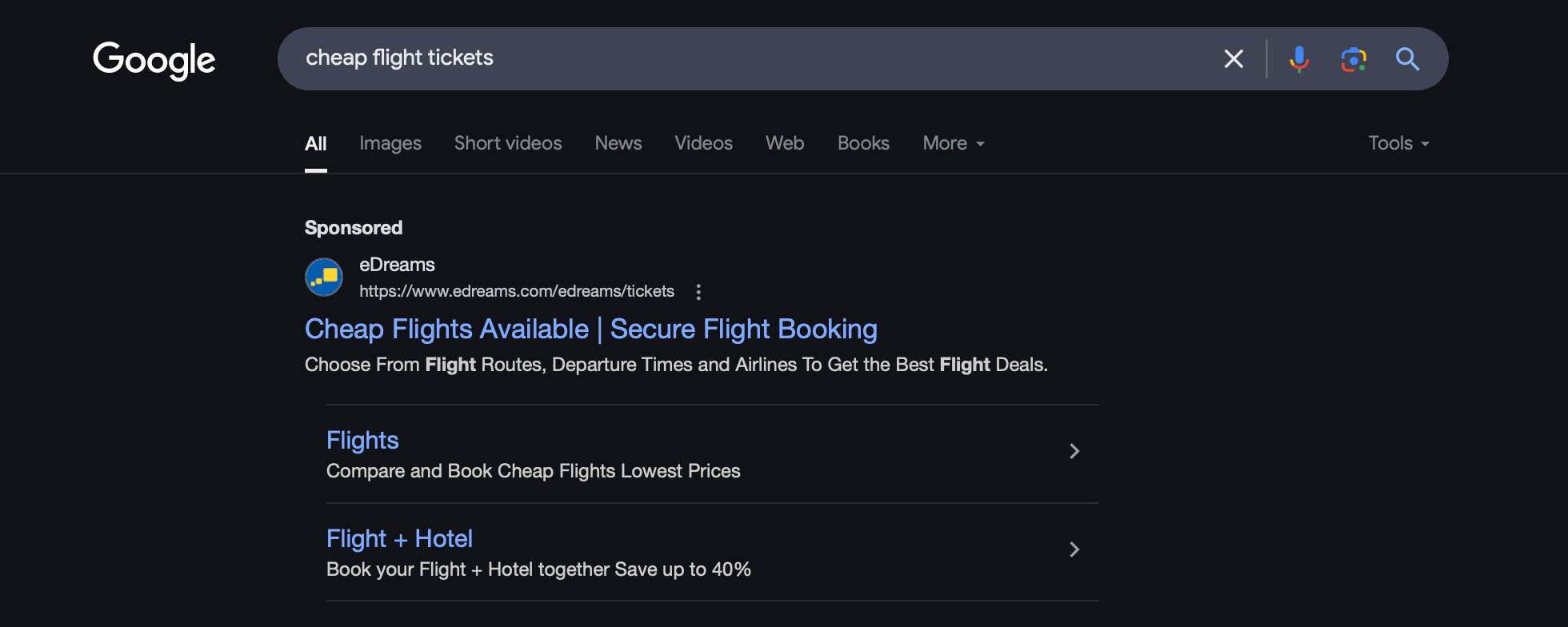
Looking to get more eyes on your landing pages? Email marketing is the way. And with Sender, it’s easier than ever to create campaigns that actually work.
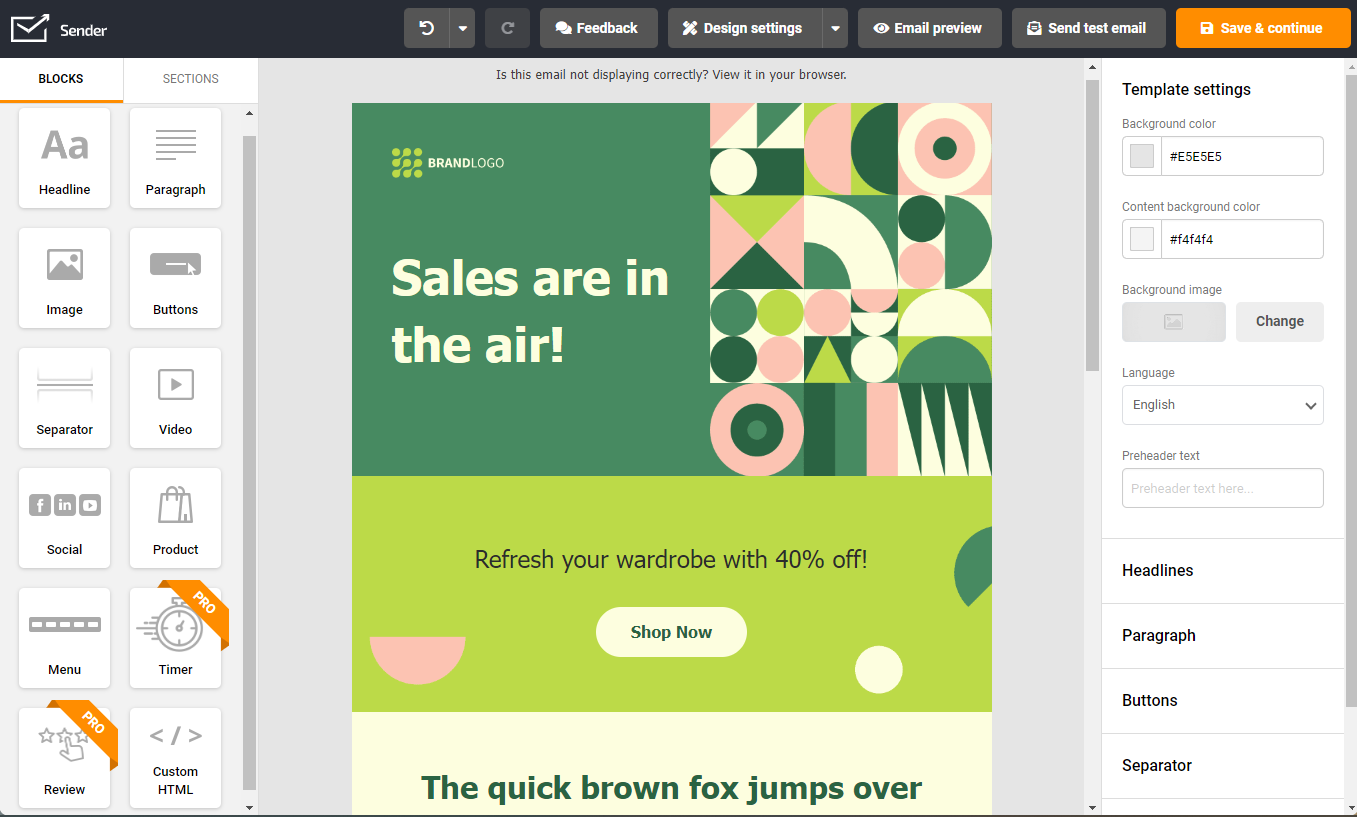
Homepage
Homepage traffic tends to be more diverse. It can come from various sources, including organic search results, direct traffic from users typing in your URL, and referrals from other websites. The homepage serves as the central hub and entry point for many visitors.
So, if you type, let’s say, “American travel agency”, you’ll get organic search results. Click whichever you want, and you’ll be directed to the agency’s homepage, where you can explore further what interests you.
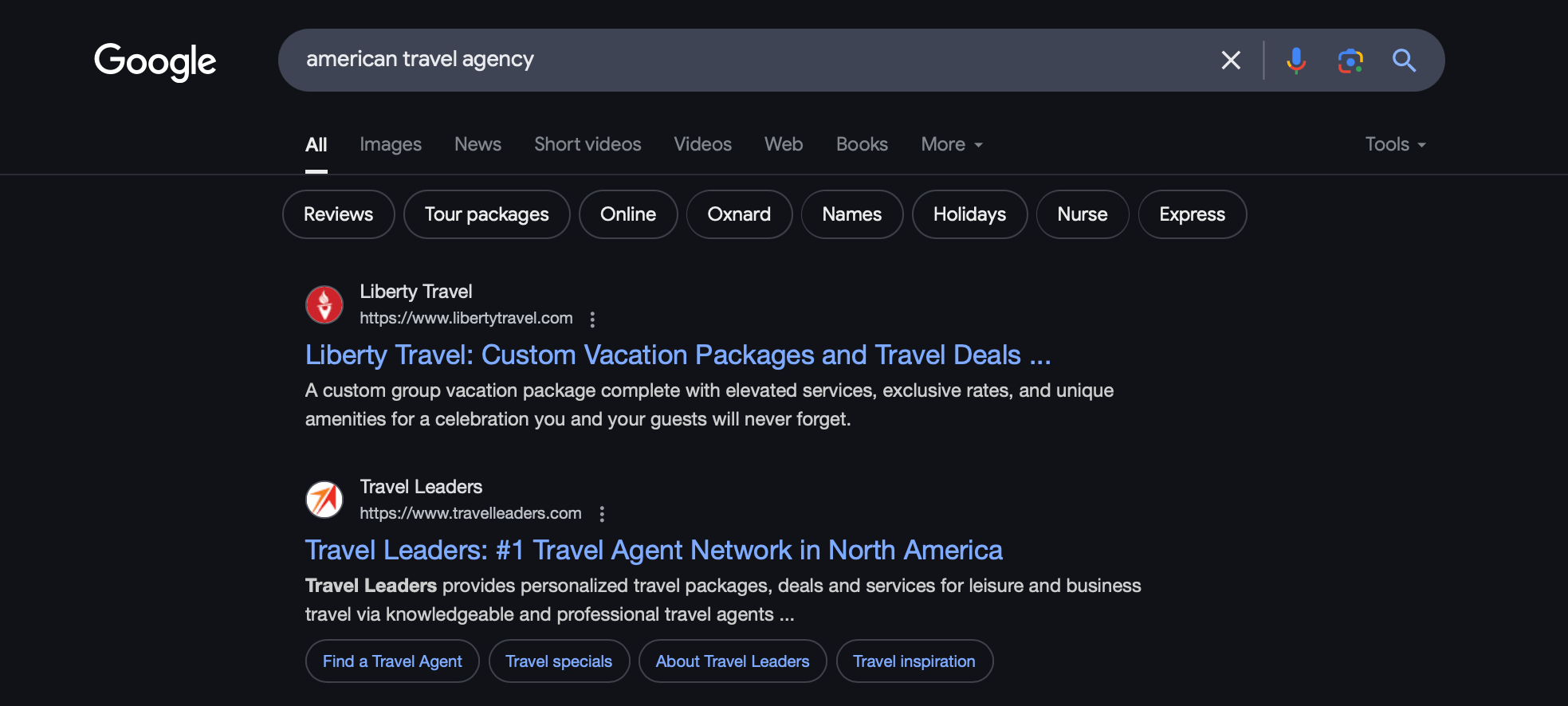
Target Audience
Who are you trying to reach? Landing pages and homepages often target different subsets of your audience.
Landing Page
Dedicated landing pages are designed with a very specific target audience in mind. The content, messaging, and even the design are tailored to resonate with the interests and needs of that particular segment, making them “visitors-focused”.
For example, Frankli has a landing page specially dedicated to managers, where the brand answers how its tool can help them and what results they can expect.
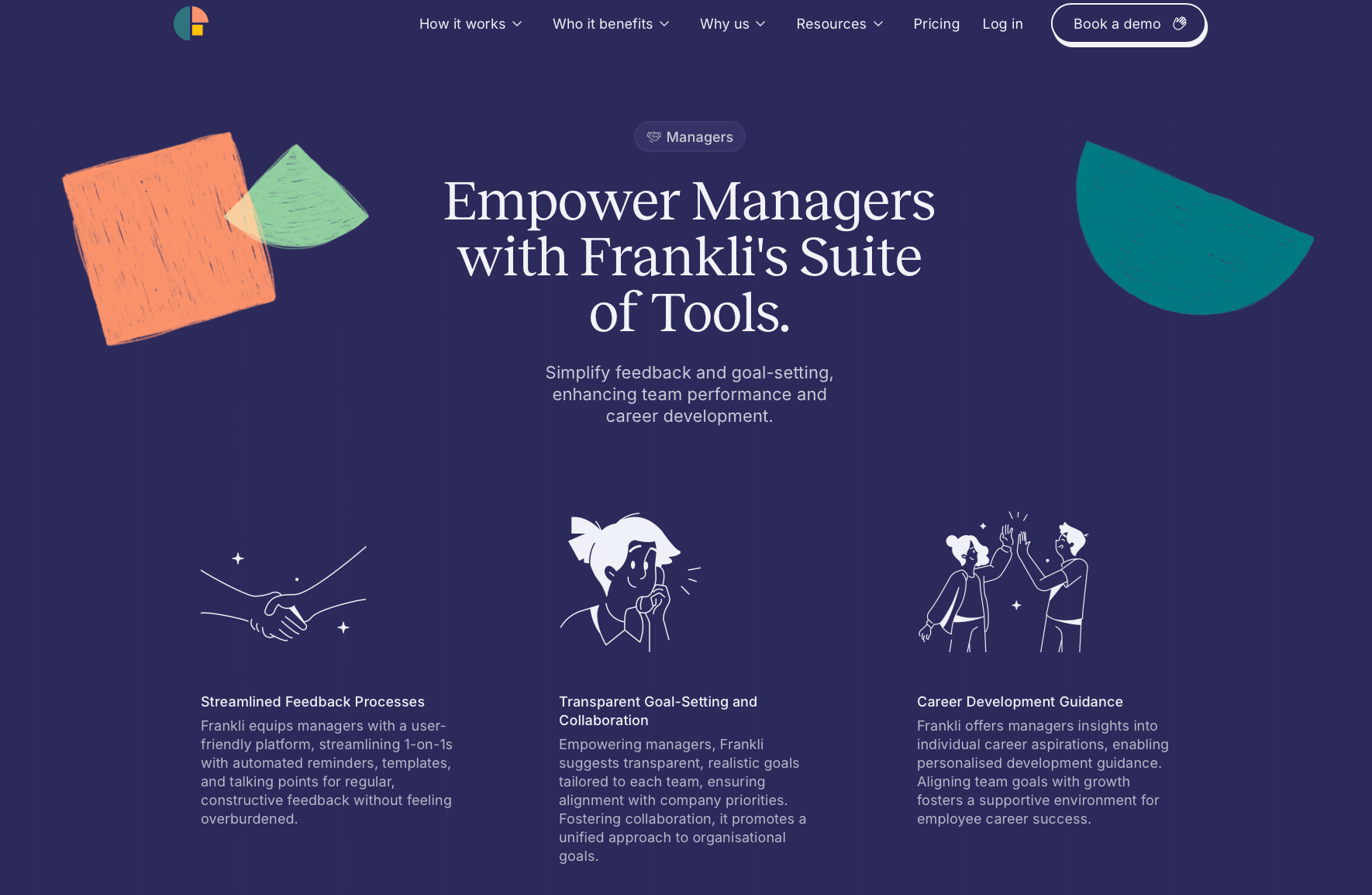
And if the visitor is part of an HR team? They are directed to another landing page, that’s tailored to their needs.
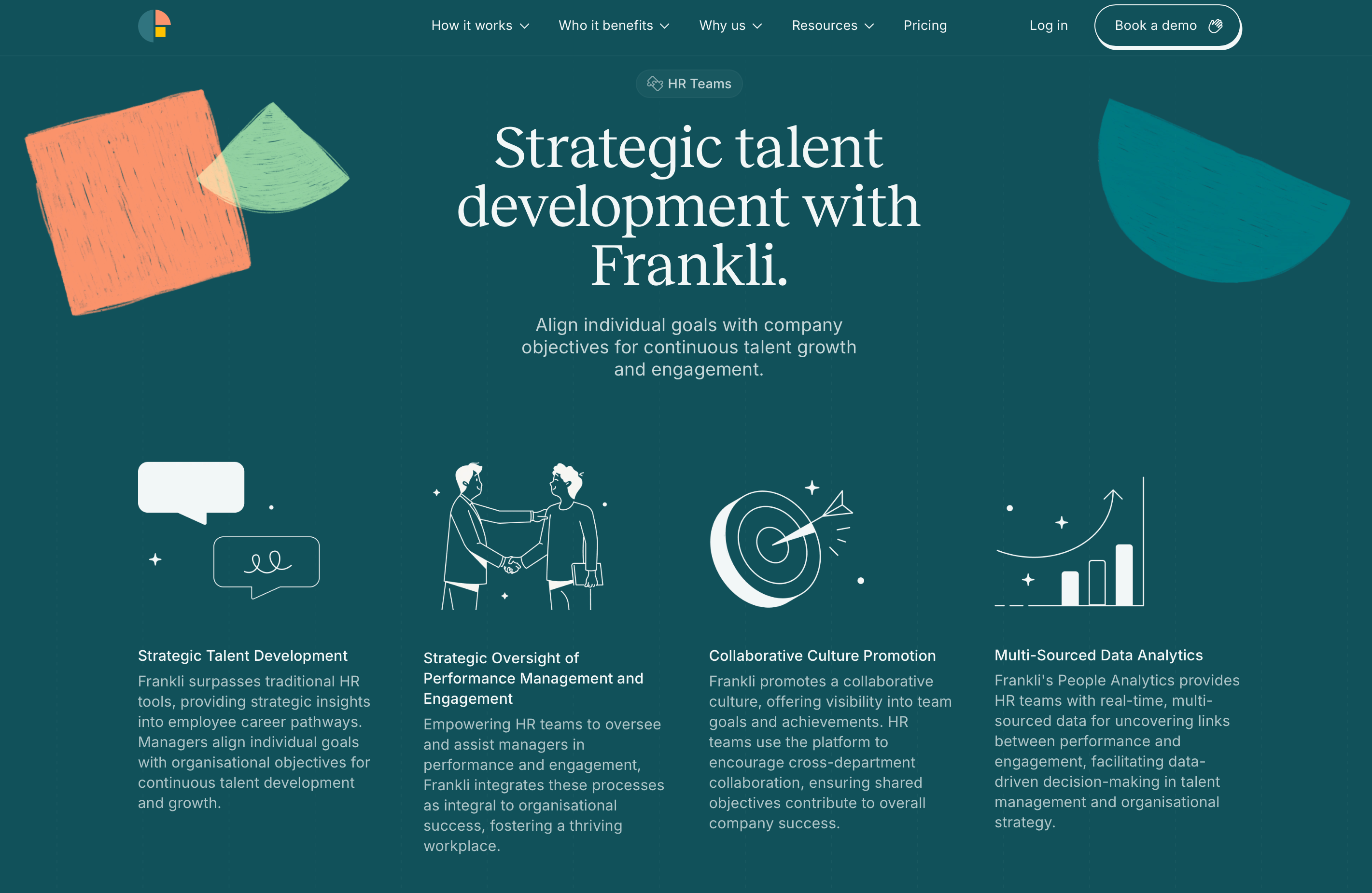
Homepage
Your website’s homepage caters to a broader audience, encompassing potential customers, returning clients, investors, media, and anyone interested in your brand.
Frankli’s homepage is designed to help visitors quickly understand if it’s the right fit for their needs, whether they’re seeking performance management solutions, exploring career opportunities, or researching investment possibilities.
By showcasing Frankli’s values and offerings in an accessible way, the homepage ensures a positive first impression for everyone, regardless of their background or purpose.
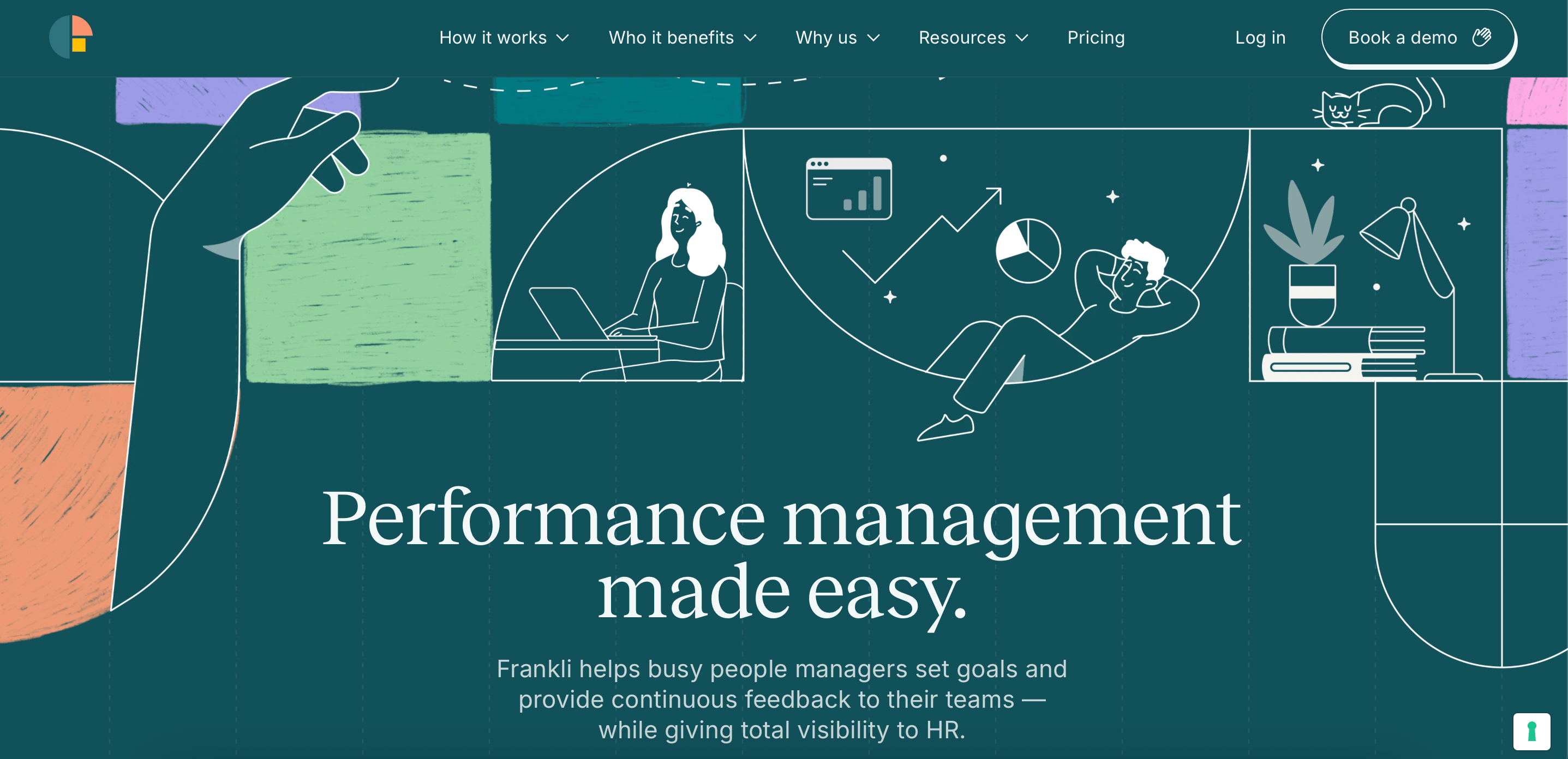
Navigation Structure
The way users navigate through landing pages and homepages is strategically different, reflecting their distinct goals. Here’s how:
Landing Page
To keep visitors focused on the desired action, landing pages typically have a minimal navigation bar or even none at all. This reduces unnecessary distractions and encourages visitors to stay on the page and convert. The page acts as a web page with a clear path for the visitor.
For example, Typeform’s navigation bar (if you can call that at all) is minimal – there’s only a sign-up button (the same as the CTA) and a logo directing to the brand’s homepage—this way the visitor is strategically guided to the desired action.
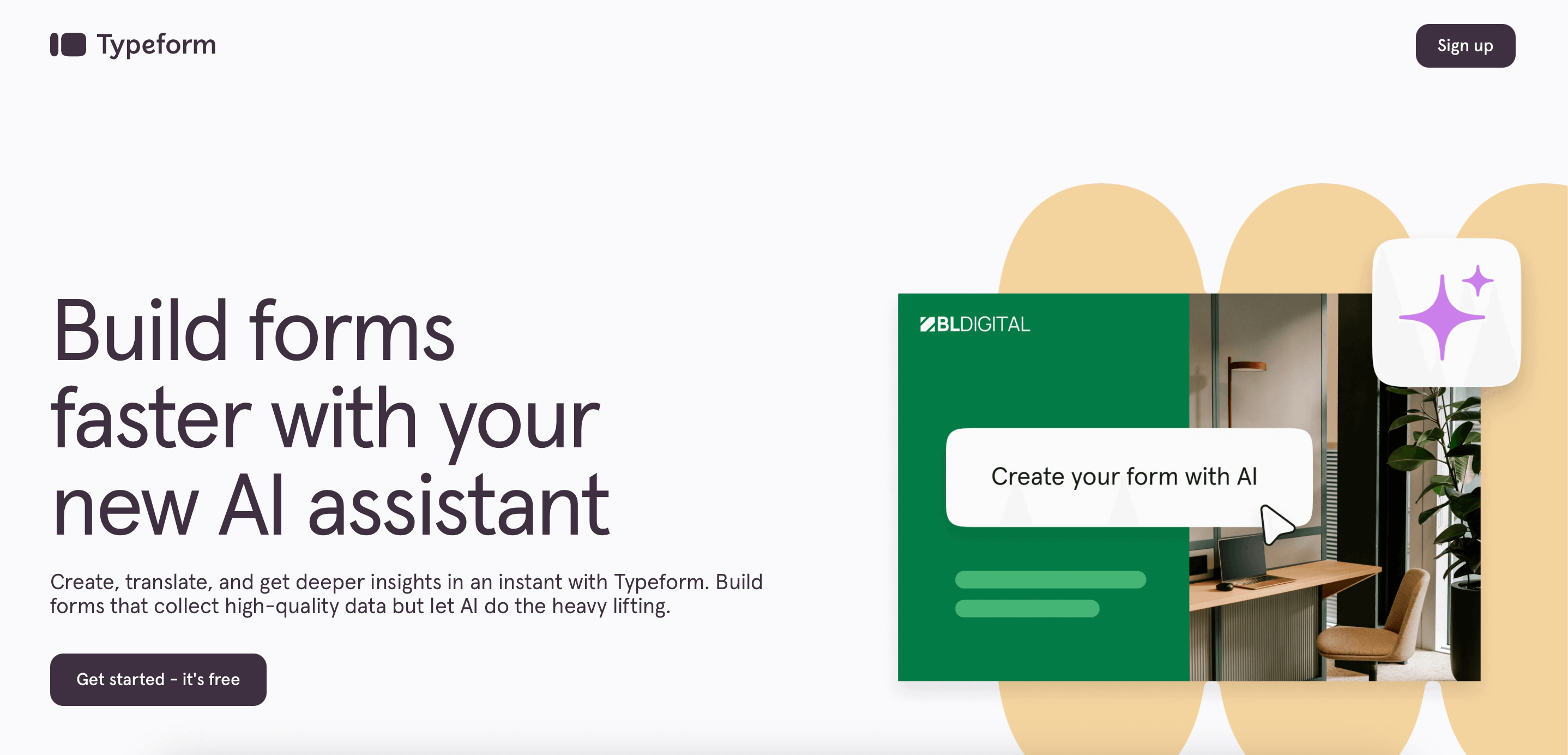
Homepage
On the other hand, homepages feature a clear and easy-to-navigate navigation bar that allows visitors to explore different website sections easily. This ensures a user-friendly experience and helps visitors find the necessary information, often aided by a search bar. It also allows them to navigate to other pages quickly.
Compared to the previous Typeform’s landing page, the homepage is a different view – here, you’ll find an extensive top bar redirecting to all the information any visitor could need. You may also find the key information by scrolling down the homepage. That single scroll is enough to know the brand, its products, and how it’s perceived by other customers.
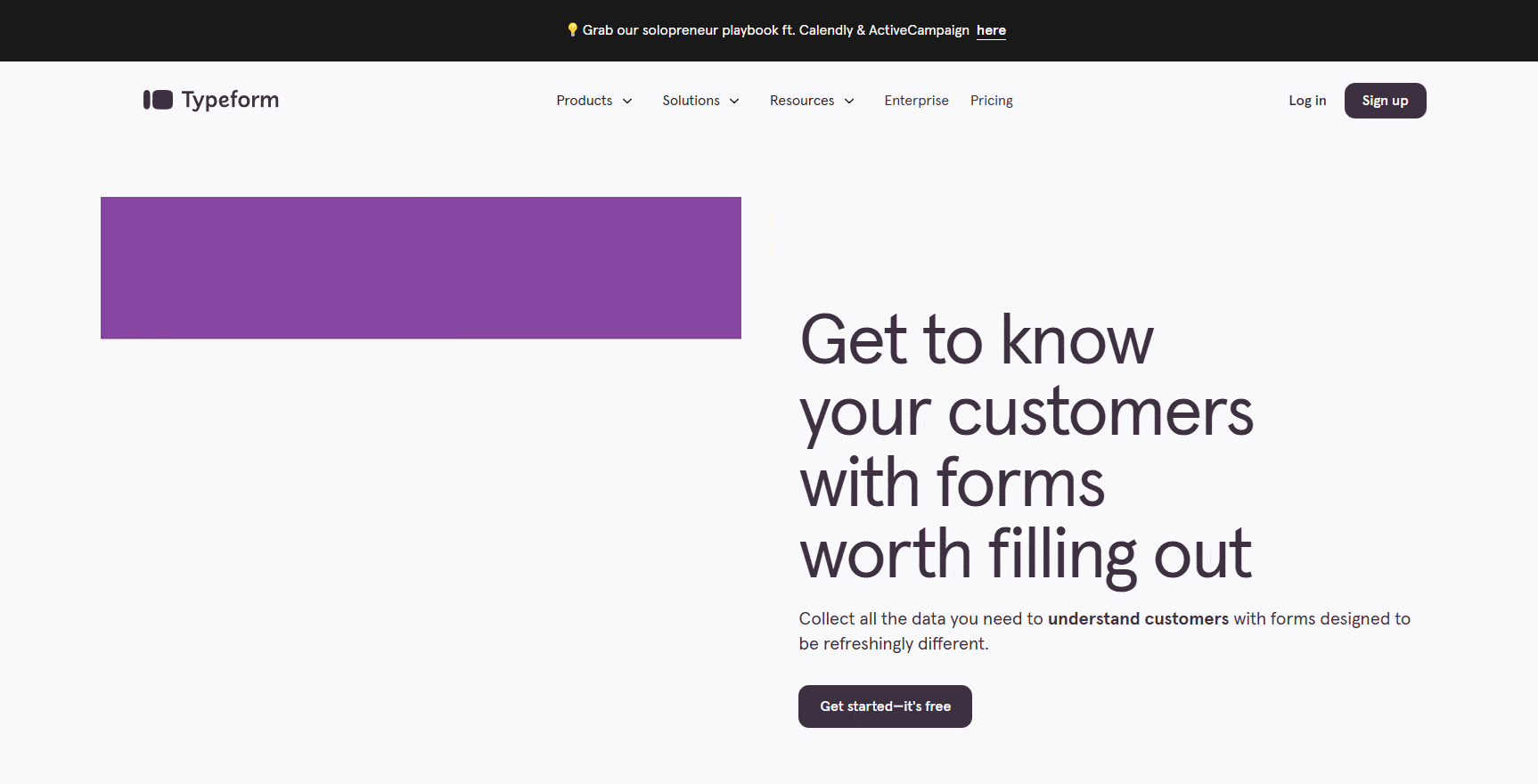
Call-to-Action (CTA)
The approach to calls to action is another key differentiator between landing pages and homepages. Let’s take a look:
Landing Page
Every element on a landing page should guide visitors toward a singular call-to-action (CTA). This could be anything from “Download Now” to “Get a Free Quote”. The key is to make it clear, compelling, and impossible to miss.
HeyDay’s landing page is a masterclass in “less is more”. Their CTA is front and center, impossible to miss, and everything else on the page gently nudges you toward it. They’re not messing around – it’s clear what they want you to do, and they make it easy to do it.
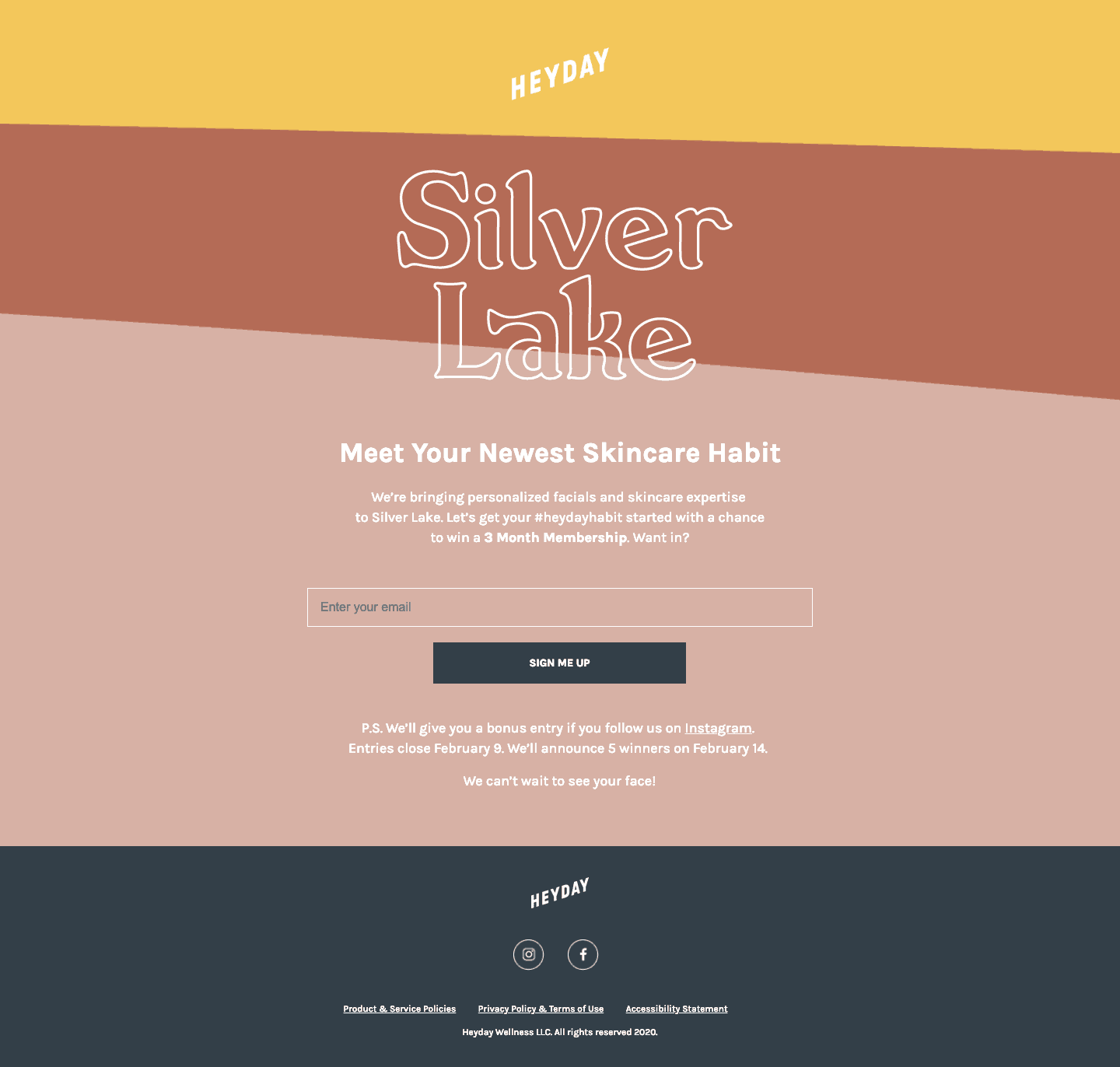
Homepage
While homepages can have multiple calls to action (CTAs), they are typically less aggressive than those found on landing pages. Instead of pushing immediate conversions, homepage CTAs focus on encouraging visitors to explore the site and its offerings. Think “Learn More”, “Shop Now”, or “Contact Us”. These CTAs guide users deeper into the website, where more specific and persuasive CTAs await.
HeyDay’s homepage exemplifies this approach. Here visitors can easily book an appointment with a prominent “Book a Consultation” button.
Moreover, they are encouraged to discover HeyDay’s blog, explore their range of services, or learn more about the brand’s story. It’s all through clearly labeled CTAs that cater to different visitor needs and encourage engagement beyond a single desired action.
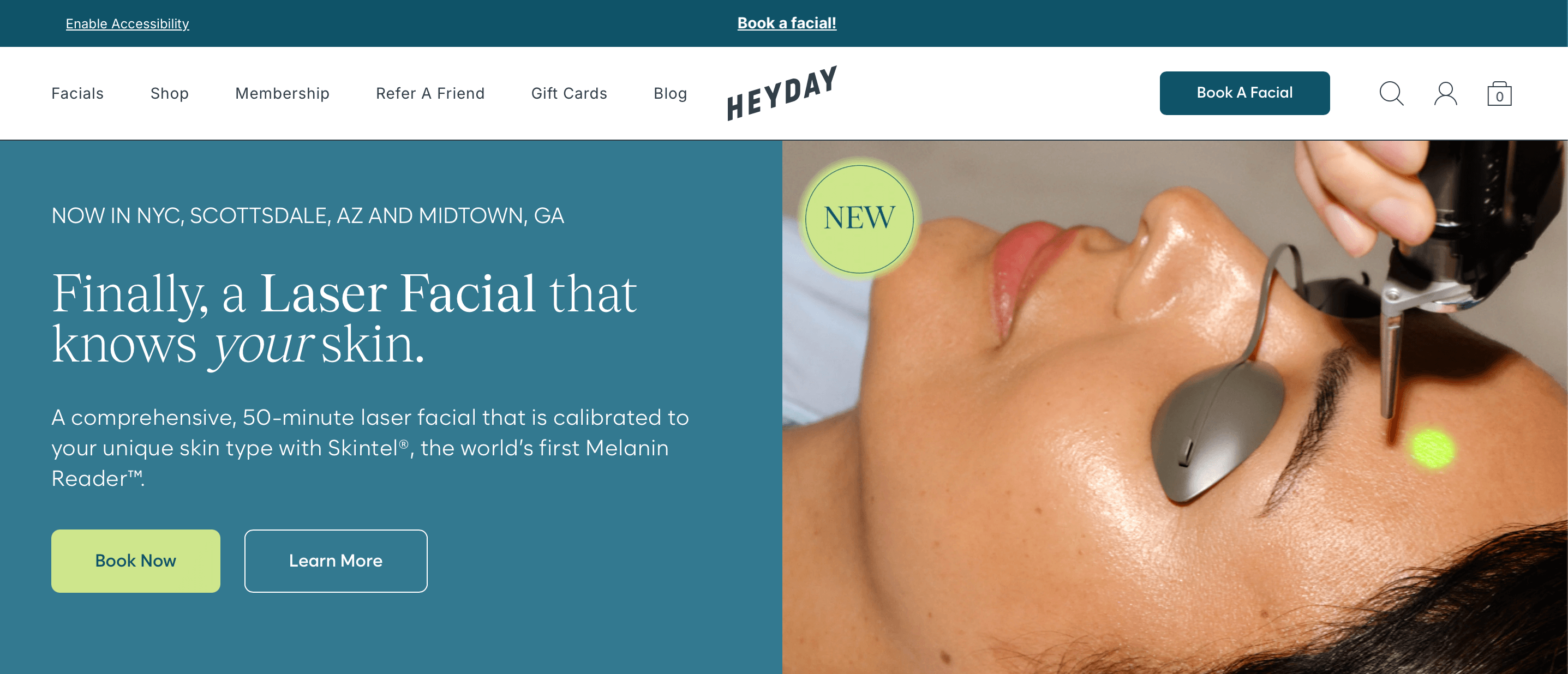
Performance & Optimization
Since landing pages and homepages have different goals, how you measure success also differs. Here’s exactly how:
Landing Page
Since landing pages aim to make visitors take a specific action, such as making a purchase or signing up, their success is determined by their conversion rates, which measure how many visitors complete the desired action.
So, A/B testing is essential for optimizing landing pages. This process involves creating two versions of a landing page with a single variation between them. Traffic is split between both versions, and their performance is tracked using platforms like Google Analytics. This way you can identify which version leads to more desired actions.
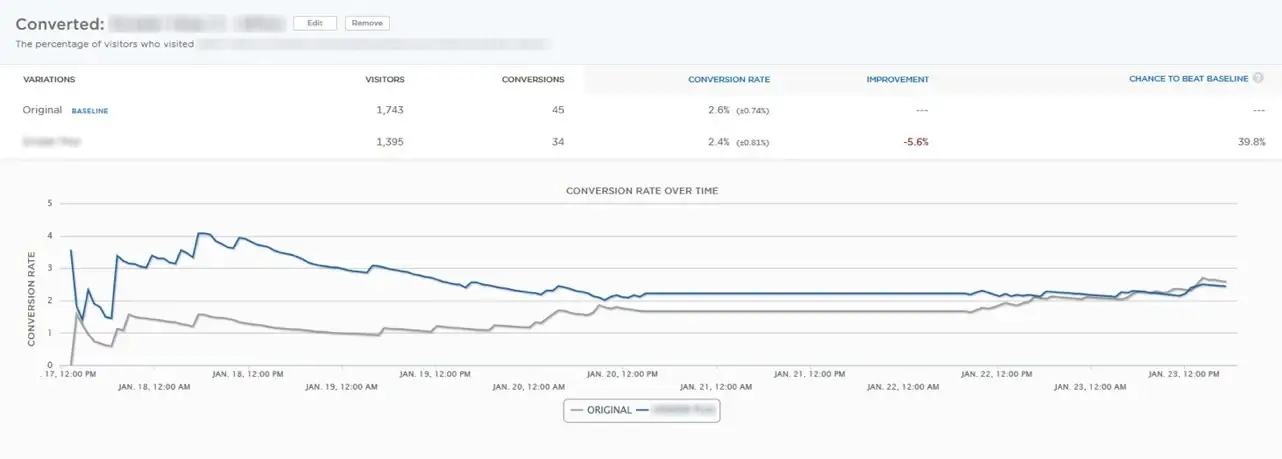
Homepage
Homepage success is measured by engagement metrics such as bounce rate, time on site, and pages per visit. It’s about making a good first impression and encouraging visitors to explore further.
A high bounce rate, for instance, might indicate that the homepage content isn’t resonating with visitors or the design isn’t intuitive. On the other hand, longer visit durations and multiple page views suggest that visitors are finding the homepage engaging and are interested in learning more.
Platforms like Google Analytics provide valuable insights into these metrics, allowing website owners to track user behavior and identify areas for improvement. By analyzing this data, you can optimize the homepage to create a more captivating and engaging experience for your audience.
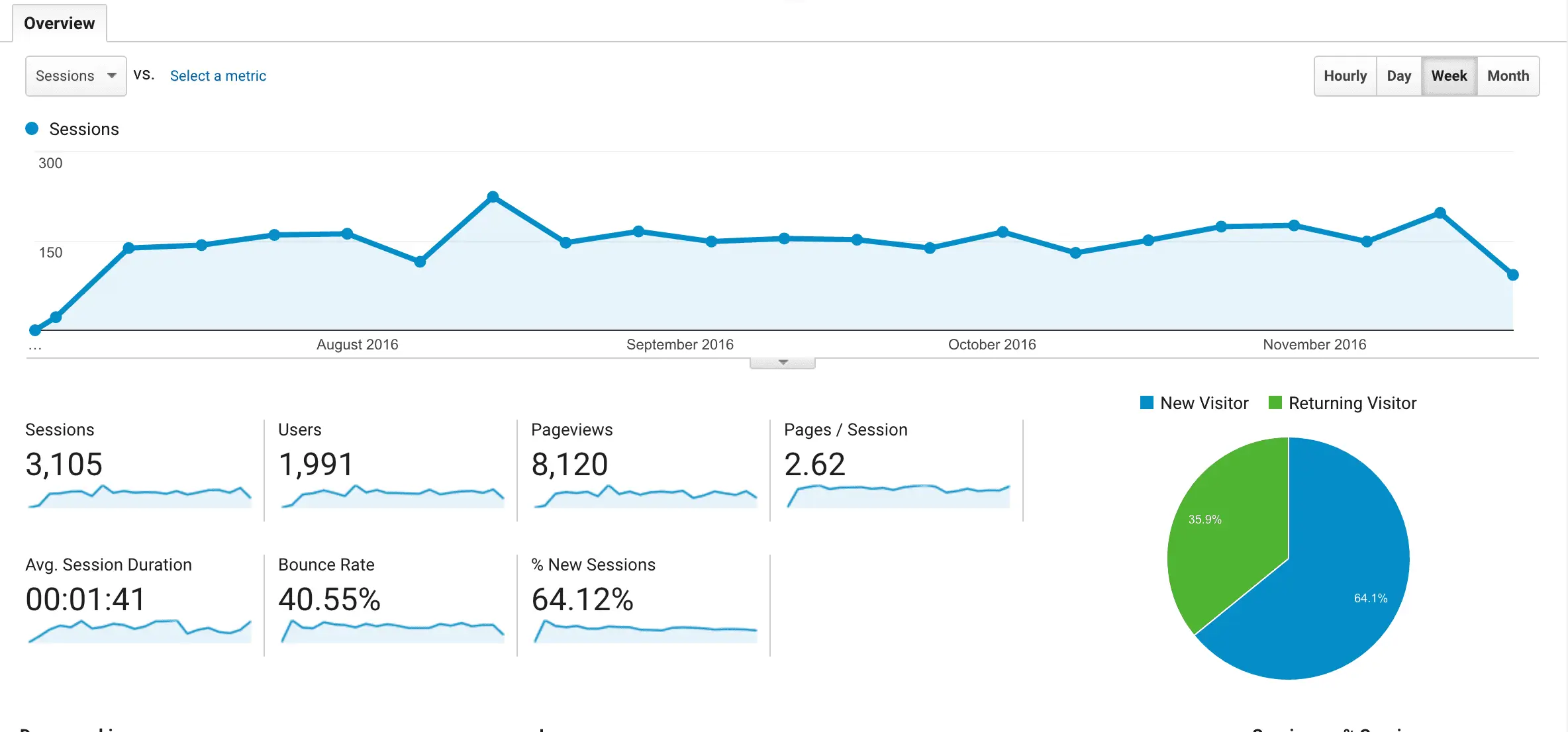
When to Use a Homepage vs a Landing Page
Homepages provide a general overview of your business, including information about your brand, products, and services. Visitors use your homepage to learn more about your company and navigate to different sections of your website. So, use it when someone wants to learn more about your company or explore your various offerings.
A landing page is a standalone web page with a specific conversion goal. This goal could be generating leads, encouraging sales, or promoting a particular offer. Visitors typically arrive at a landing page through a targeted marketing campaign, such as an online advertisement or email promotion.
Because of its focused purpose, a landing page eliminates distractions and guides visitors toward completing the desired action. In short, use a landing page when you want a visitor to take a specific action, such as signing up for a newsletter or purchasing.
FAQs
What is the main purpose of a homepage?
Homepages serve as your website’s central hub and introduction, offering a broad overview of your brand, products or services, and company information. It’s the online equivalent of your storefront.
Can a homepage be used as a landing page?
While technically possible, using your homepage as a landing page isn’t ideal. Homepages often lack the singular focus and streamlined experience, making landing pages effective for driving specific actions.
What are the best tools for creating landing pages?
Many great tools, both free and paid, allow you to create effective landing pages without needing to code. Some popular options include Instapage, Unbounce, Leadpages, and even built-in landing page builders offered by email marketing platforms.
Also read:



